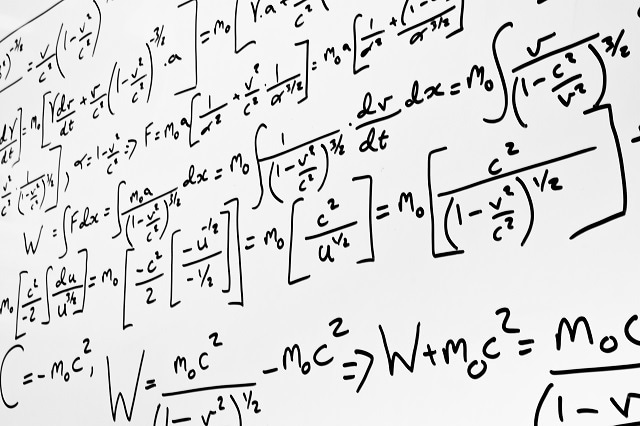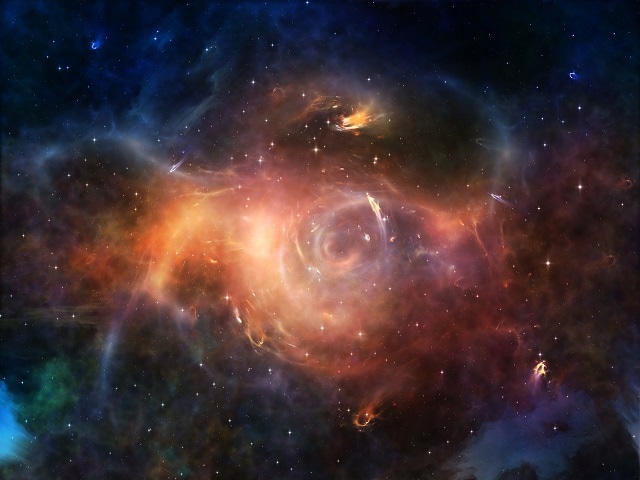
Image Credit: agsandrew/Shutterstock.com
Einstein's general theory of relativity supports standard cosmological models quite successfully. However, when volumes, energy densities and distances approach the Planck scale, general relativity breaks down. Currently astrophysicists are interested in formulating a theory of quantum cosmology, which attempts to reconcile post-Big Bang quantum conditions with Einstein’s general relativistic principles.
Einstein and the "Biggest Blunder of His Life"
However, Einstein understood that the field equations which described his theory of general relativity inferred an unstable equilibrium position, or the probability that space-time would contract or expand depending to perceptible unevenness.
Before publishing his general relativity theory in 1916, Einstein decided to include an additional constant term to his field equations. One year later, in his 1917 paper Cosmological Considerations in the General Theory of Relativity, Einstein announced that his favored cosmological model was one which differed from his previous model. In this paper, Einstein’s universe was mathematically described as spatially finite but temporally infinite.
A discovery made by Edwin Hubble's in 1929 caused Einstein to rethink his cosmological model. Using a type of star called a Cepheid variable, often known as a "standard candle", Hubble was able to measure the distances to other galaxies, leading to the discovery that distant galaxies were actually rapidly moving away from the Milky Way.
This discovery strongly disagreed with Einstein’s static and unchanging universe and hence removed the need for an additional constant term in his field equations. Einstein reportedly informed fellow physicist George Gamow that his cosmological constant theory was the "biggest blunder of his life".
Astrophysical Implications of General Relativity
The contribution Einstein’s general theory of relativity made towards our modern understanding of cosmology cannot be overstated enough. Einstein's theory helped to speed up the discovery of black holes and the detection of intense radiation emitted from massive, dead stars in active galactic nuclei.
General relativity also accurately predicts and explains gravitational lensing, or the ability of the path of light to be bent by gravity. In addition, Einstein’s theory posited the feasible existence of gravitational waves, which not only provide proof of the inflation theory of the universe but also allow astrophysicists to deduce quantum processes actively producing gravitational waves.
General Relativity and Dark Energy
Einstein was the first person to propose that ‘empty space’, which does not contain matter or radiation, is not actually empty and in fact has a residual energy. This empty space is also capable of creating more space from itself.

Image Credit: benmoat/Shutterstock.com
The existence of dynamic space is congruent with Einstein's early assertion that the strange residual energy contained in so called ‘empty space’ is actually a property of space itself and is now referred to as "dark energy".
The presence of dark energy in current cosmological models helps explain why the universe is able to expand at an incredibly accelerated rate without ever diluting itself.
Cosmologists have known for over a decade that the universe is rapidly expanding and that this expansion is taking place at an accelerating rate, with no signs of slowing down.
Einstein’s cosmological constant may have been disproven but the theory of dark energy, which arose from a positive cosmological constant solution to his general relativity field equations, is vital to the current understanding of the origins of the universe.
Without Einstein’s cosmological “blunder”, the existence of dark energy may never have been discovered.
Sources and Further Reading
This article has been produced in association with the Pittcon Conference and Expo to celebrate the International Year of Light 2015.
For more information on how Pittcon are involved in IYL 2015, please visit www.pittcon.org